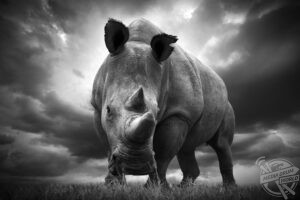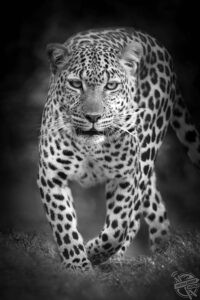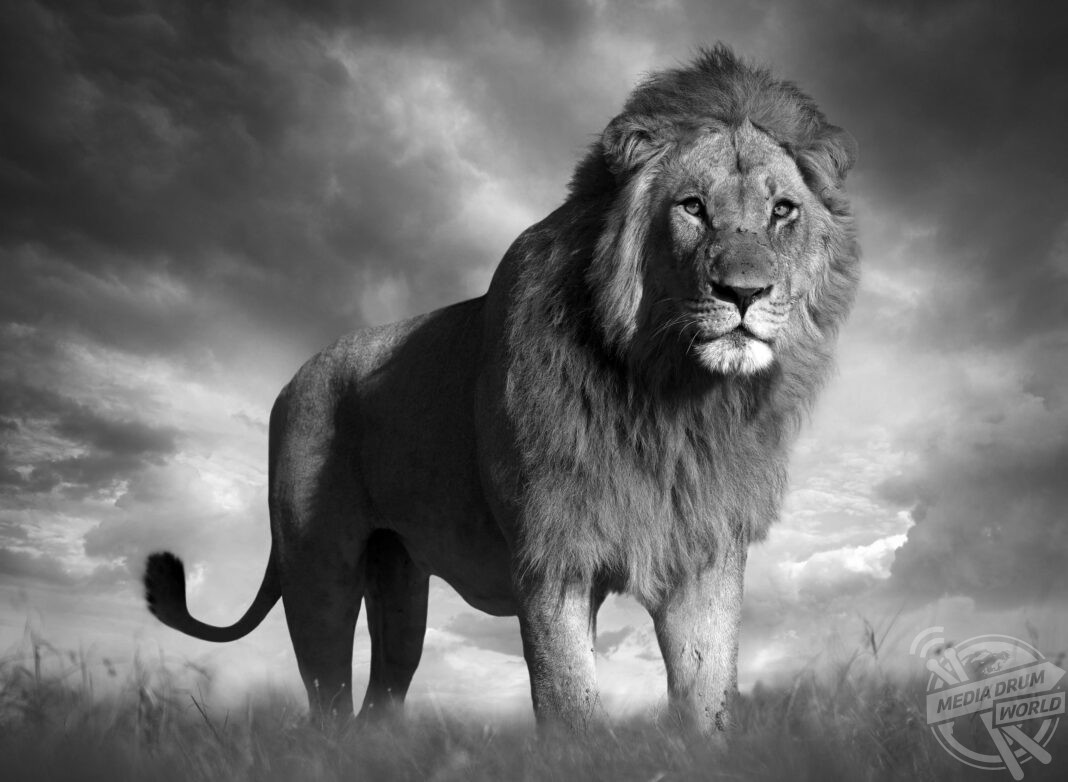By Aimee Braniff Cree
**EXCLUSIVE**
STUNNING portraits of some of the wild’s rarest animals have been released to raise awareness how much we should treasure these magnificent beasts.
One image shows one of only two female white rhinos left in the wild just six feet away from the photographer while another comical image shows a giraffe reaching its incredibly long neck down for a drink.
These skilfully taken images were captured by wildlife photographer Bjorn Presson (50) from Helsingborg, Sweden.
Bjorn is a passionate conservationist and wants his art to act as a way of combatting the wildlife crisis.
He captured these images on his Canon 5DS R throughout Kenya.
“One of my most special images is of the northern white rhino. There are only two females left in the entire world left of this species,” said Bjorn.
“I had the privilege to see and photograph them in Ol Pejeta Game reserve, Kenya. At one point, I was lying down in front of it only six feet away when I took this photo.
“It was such an exhilarating feeling, but at the same time a very sad and special moment. I realised that this species could very well be extinct in the next few years. When he looked down at me and our eyes met, I almost couldn’t hold back my tears.

“There is no doubt we are in a wildlife crisis. In just the last 40 years we have lost almost 70% of all mammals.
“But when the negative news becomes too overwhelming, we tend to have an opposite reaction. Instead of engaging, we flip the channel or turn the page.
“That’s why I decided to do the opposite with my photography. Instead of scaring people into reacting, I wanted to show people what a magnificent natural paradise we live in.
“Instead of showing bloody, mutilated rhinos and elephants, I want to show people how beautiful these incredible animals really are, and thereby inspire people to engage.
“I don’t just want to document animals. I want people to feel what it feels like to be standing right in front of an elephant or a rhino.

“To create that feeling, there are no shortcuts. I have to get close to the animals. I have to lay there right in the grass as they approach and pass. And that is a very humbling feeling. You feel like a small insect.
“It puts things in new perspectives and changes the way you see the world and yourself. You realise how small and insignificant we people really are. Just tiny parts in the web of life.
“The best reaction I can get from people when they see my images is that they get a connection with the animal. That their view of animals changes.
“That they understand that they are more than just animals. That they are sentient beings with true personalities. I want my photos to feel like more than just wildlife shots. I want them to feel like wildlife portraits.
“I never use camera traps, robots or drones. If you want to portray an animal and get that deep connection, I think it’s necessary to be behind the camera.
“The purpose with my photos is that they will lead to a change. For that reason I have made a lot of donations, and in the last five years my images have raised more than 400,000 EUR going to wildlife conservation and poverty issues in Africa.”

ENDS










